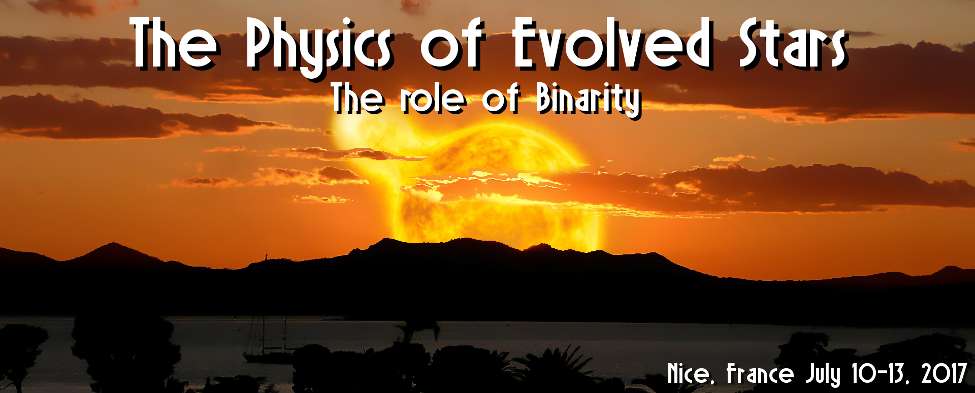Wolf-Rayet stars live on the verge of exploding as supernovae, thus providing important information about the very final stages of massive-star evolution, possibly leading to gamma-ray bursts.
We used AMBER, SPHERE and VISIR instruments to probe the pinwheel nebulae prototype WR104 (WC9+O ) at different wavelength and spatial scale. From the inner region with AMBER/VLTI, to intermediate with the NIR spectro-imager SPHERE and to extended region with MIR imager VISIR. We present the first direct image detection of the Pinwheel around WR104, up to 3 orbital revolution. We used spectral capabilities of IFS-SPHERE to detect the spatially resolved signature of the WR star (HeI lines).
We used also IRDIS to image the pinwheel at the lowest wavelength (1.08μm) available with this instrument and we detect a candidate companion C at ≈1". It was already detected with HST in 1998 but now we can perform precise astrometry to detect the orbital motion (with 20 years of data).
We present the geometrical model of the system used to analyse AMBER and SPHERE data. It is a time and wavelength dependent model consisting of a succession of rings a different temperature representing the spiral, an unresolved central binary star at different temperature to explain the increase of visibility observed in H band and a Gaussian dust shell. An important parameter used in our model is the distance of the dust formation. Indeed the extreme condition around the immediate surrounding of the star cannot permit the dust nucleation. Different physical process are required to explain the dust position observed in the data and we discuss some of them in this study. Major ideas come from hydrodynamical modelling performed by our team. The simulations suggest that there is a privileged zone, where the temperature and pressure conditions favor the dust nucleation : shocks and turbulences.
Furthermore, the AMBER data reveal that the pinwheel is diluted by a diffuse emission in the system maybe due to a second dust nucleation far from the star. The different model's parameters are difficult to constrain due to the relatively sparse (u-v) coverage available. Nevertheless, we developed different model and fitting method to interpret future interferometric data, in particular imaging capabilities of GRAVITY and MATISSE.

 PDF version
PDF version
